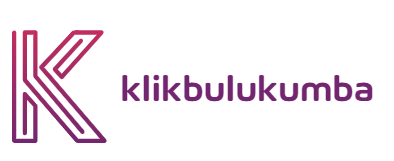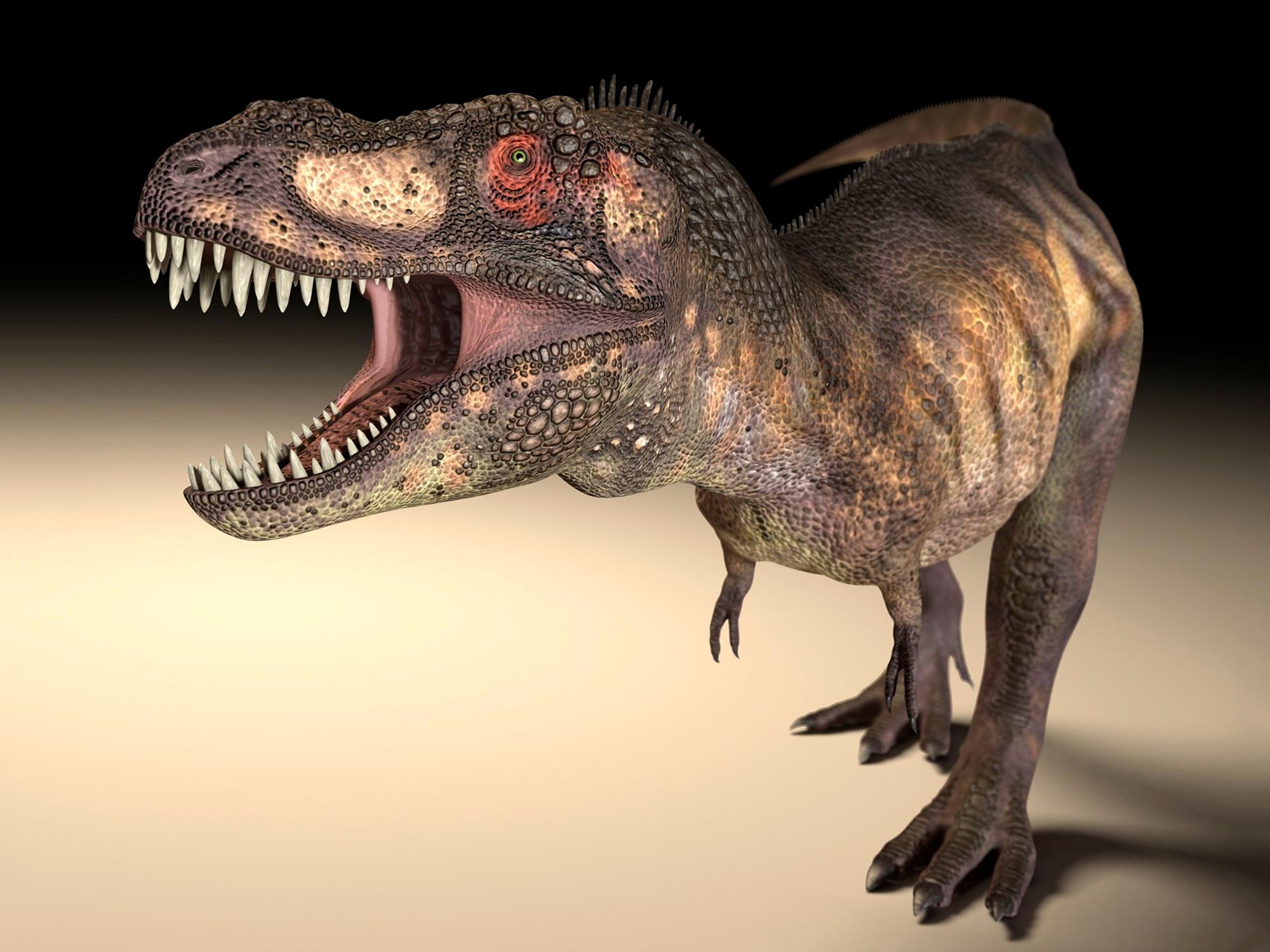Penelitian baru menunjukkan bahwa pemangsa dinosaurus besar berevolusi bentuk orbital yang berbeda untuk menangani lebih baik dengan kekuatan gigitan tinggi.
Menurut penelitian baru, predator dinosaurus besar, seperti tiranosaurus, mengembangkan berbagai bentuk rongga mata untuk menangani kekuatan gigitan yang tinggi dengan lebih baik.
Sementara pada banyak hewan, termasuk kebanyakan dinosaurus, rongga mata hanyalah sebuah lubang melingkar di tengkorak yang menampung bola mata, hal ini sangat berbeda pada karnivora besar.
Sebuah studi baru menunjukkan bagaimana rongga mata elips, atau oval, yang tidak biasa yang ditemukan di tengkorak pemangsa ini mungkin telah berevolusi untuk membantu tengkorak menyerap benturan ketika mereka menerjang mangsa. Penelitian ini oleh para ilmuwan di Universitas Birminghamditerbitkan hari ini (11 Agustus 2022) di biologi komunikasi.

Tengkorak Tyrannosaurus rex dan rekonstruksi kehidupan dengan orbit dan mata asli (kiri) dan rekonstruksi hipotetis dengan orbit melingkar dan mata yang membesar (kanan). Sumber: dr Stephan Lautenschlager, Universitas Birmingham
dr Stephan Lautenschlager, dosen swasta paleobiologi di the[{” attribute=””>University of Birmingham and author of the new study, analyzed the shape of the eye sockets of ca. 500 different dinosaurs and related species.
“The results show that only some dinosaurs had eye sockets that were elliptical or keyhole-shaped,” said Dr. Stephan Lautenschlager. “However, all of those were large, carnivorous dinosaurs with skull lengths of 1 m or more.”

Computer simulations of hypothetical dinosaur skulls. Colors indicate skull stress. High stresses occur in the skull with a round eye socket (top), lower stresses in a skull with a keyhole-shaped eye socket (bottom). Credit: Dr. Stephan Lautenschlager, University of Birmingham
Dr. Lautenschlager tested what purpose these unusual eye socket shapes could have by using computer simulations and stress analysis.
The results demonstrated that a skull with a circular eye socket was more prone to high stresses during biting. However, if these were replaced with other eye socket shapes stresses were significantly reduced. This allowed top predators, including Tyrannosaurus rex, to evolve high bite forces without compromising skull stability.
The study also showed that most plant-eating species and juvenile individuals retained a circular eye socket. Only large carnivores adopted other morphologies, such as elliptical, keyhole-shaped, or figure-of-eight-shaped eye sockets.

Skulls of different dinosaurs showing variation in eye socket shape (stippled outline). Credit: Dr. Stephan Lautenschlager, University of Birmingham
Dr. Lautenschlager added: “In these species, just the upper part of the eye socket was actually occupied by the eyeball. This also led to a relative reduction of eye size compared with skull size.”
The researchers also investigated what would have happened if eye size had increased at the same rate as skull length. In such a case, the eyes of Tyrannosaurus rex would have been up to 30 cm (12 inches) in diameter and weighed nearly 20 kg (44 pounds). This is instead of an estimated 13 cm (5 inches) and 2 kg (4.4 pounds).
Reference: “Functional and ecomorphological evolution of orbit shape in mesozoic archosaurs is driven by body size and diet” by Stephan Lautenschlager, 11 August 2022, Communications Biology.
DOI: 10.1038/s42003-022-03706-0

“Ninja twitter bersertifikat. Ahli internet. Penggemar budaya pop hardcore. Baconaholic.”
You may also like
-
Aturan matematika ditemukan di balik distribusi neuron di otak kita
-
Para ilmuwan menemukan penjelasan untuk lubang gravitasi raksasa di Samudra Hindia
-
Peta baru yang akurat dari semua materi di alam semesta dirilis
-
Para ilmuwan mengatakan sepasang bintang yang sangat langka berperilaku sangat ‘aneh’
-
Lima Angsa Tewas Setelah Terbang Ke Saluran Listrik Hinkley | Berita Inggris

